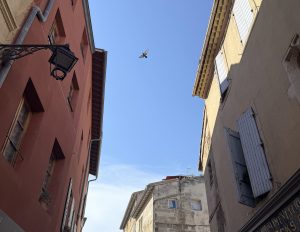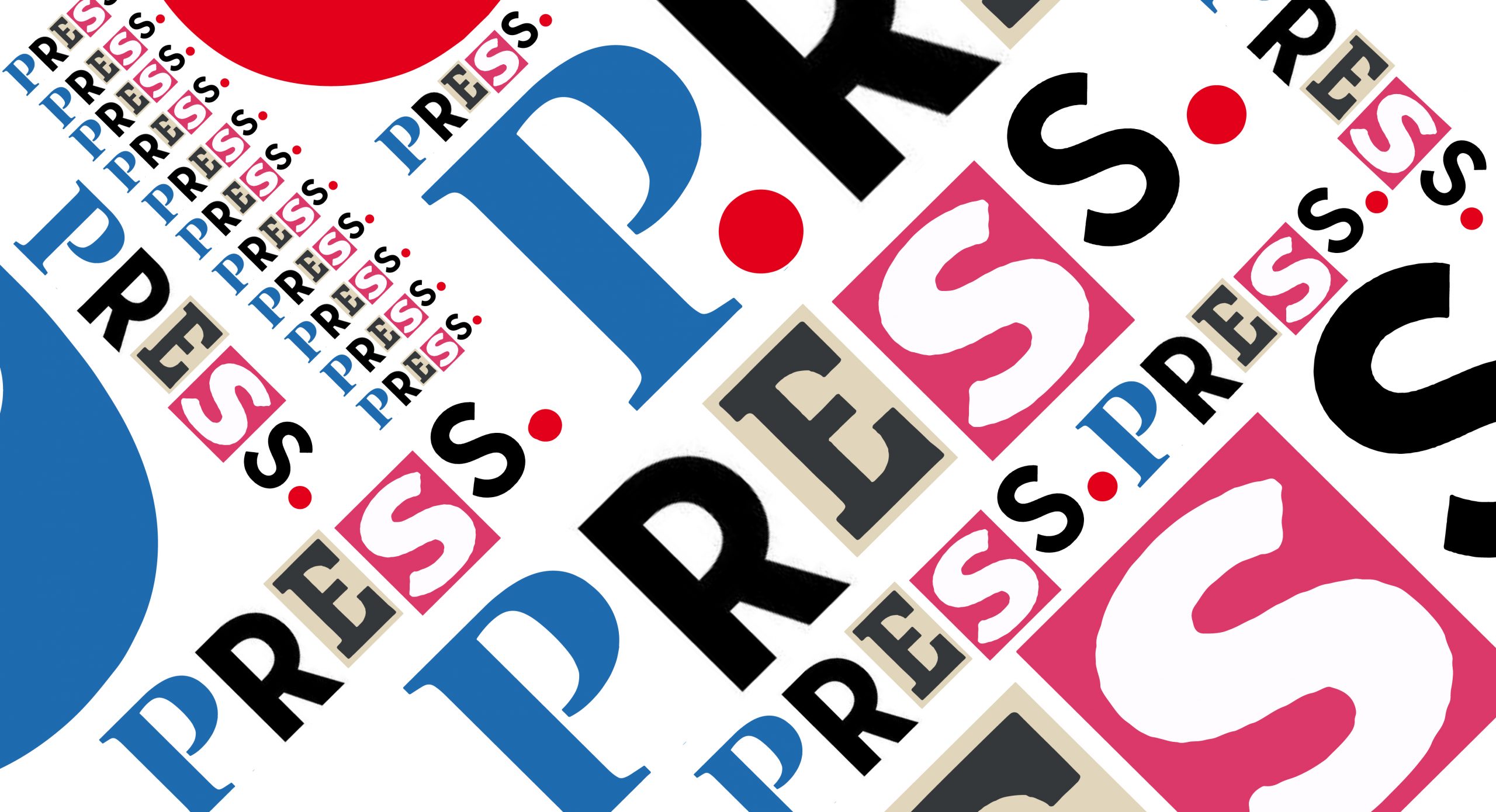
Story and photos by Sophia Maxim
Laurent Rugiero heads the Arles edition of regional newspaper La Provence. He said its print edition has been hanging on the verge of extinction.
“We’ve been saying the paper version is dead for 10 years,” he said.
Decades ago, newspapers and magazines were a common routine of Arlésian culture. Now, readers have turned their eyes to digital, and print media shops are increasingly difficult to find. Despite this, local publications continue producing print editions while adapting to changing reader habits.

According to Rugiero, La Provence is transitioning to a “digital first” schedule, meaning content will be published online before the paper edition.
Rugiero said he’s noticed a decline in the demand for print media and a divide in habits between younger and older Arlésians.
“It’s decreasing, and more and more rapidly because people have lost the habit of actually reading newspapers, and it’s the older generation that still does,” Rugiero said.
Maison de la Presse, next door to La Provence’s office, had been the biggest news and magazine shop remaining in Arles until its owners retired in June.
“It’s sad, and it’s revealing of the effect that people are buying fewer and fewer newspapers,” said Clémentine Morot-Sir, a staff journalist for L’Arlésienne magazine. “They couldn’t survive.”

Maison de la Presse previously distributed a quarter of L’Arlésienne’s sales, according to staff layout designer and journalist Eléonore Colpin-Lafuma.
“We don’t know what will happen to these almost 400 magazines,” Colpin-Lafuma said.
Rugiero explained that kiosks around town used to specialize in print media but no longer exist in Arles and have become rare throughout France. In place of dedicated stores or kiosks, local newspapers have turned to distributing in supermarkets, cafes and bakeries.
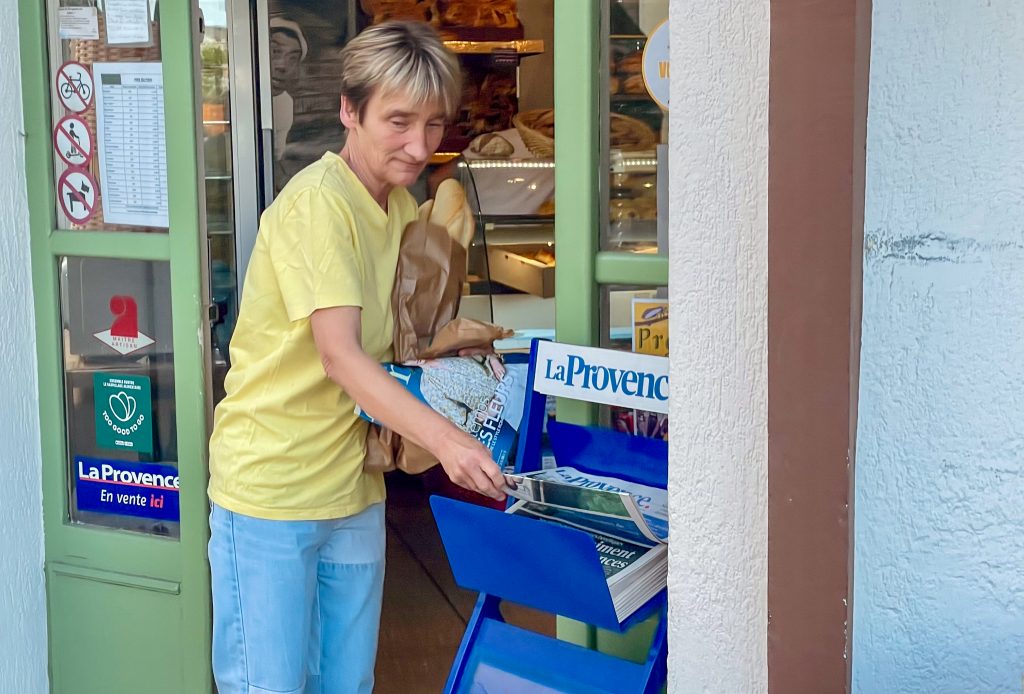
Increased paper costs prompted La Provence to decrease its number of pages per issue, Rugiero said.
Print costs have also impacted the city’s magazine, Arles Info, which aims to distribute free copies to all Arlésians by mail and around town.
Arles has the largest surface area of any city in France, seven times the size of Paris. The territory contains many small houses and isolated villages, making distribution an extensive effort, Arles Info editor Romain Vauzelle said.
“Sometimes, the distributor has to go 25 km to distribute five magazines, so it’s not possible economically,” he said.
In 2026, print distribution companies will be prohibited from delivering publications like Arles Info when residents apply a “No Advertisements” sticker to their mailbox. Readers who use the sticker will no longer receive the magazine.
To adjust, the magazine may cut distribution to a list of residents who register for delivery and add more drop-off points throughout the city.
“There’s a portion of people who don’t read it, so there’s some waste,” Laurent said.
While print remains central, Arles Info prioritizes its digital platform more than before.
“I think today, it’s the [search engine optimization] of all these publications that counts and how to get to people’s phones because the phone, ultimately, is the mass media today,” Laurent said.
Despite this shift, print media maintains its advantages for Arles Info, Vauzelle said, including the comfort of reading and the depth of engagement.
“I think that when people decide to take time to read, it is much more likely to be an article in paper format than on the internet,” he said.
In contrast with digital, the print edition of Arles Info has longevity and visibility in public spaces to provide a positive image for the city, Laurent said.
“It’s a showcase,” Vauzelle said.
According to Vauzelle, Arlésians have a strong attachment to the print magazine and complain if they don’t receive the paper in their letterboxes on time.
However, for La Provence, Rugiero said digital media meets the fast-paced needs of the daily news.
“The advantages [of print]? There are not very many advantages anymore,” he laughed.
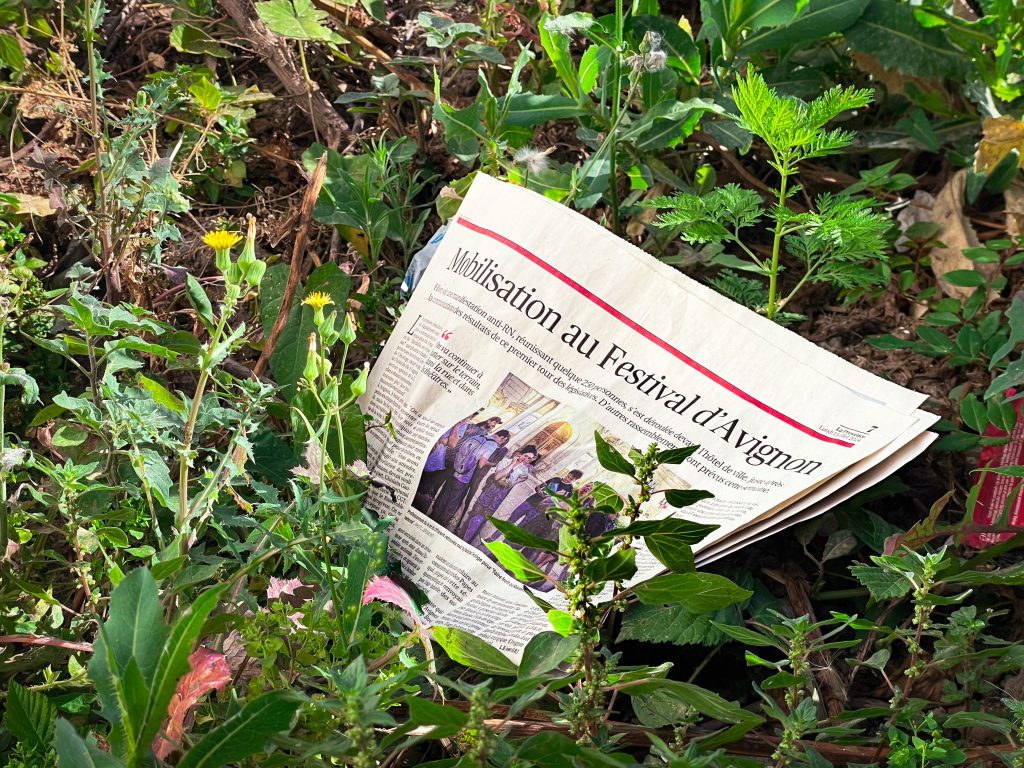
On the future of La Provence, Rugiero said, “It will only be on the internet.” He estimates “two, three, five years” until its print edition is terminated.
“I understand that the new generation wants something different,” Rugiero said. “We will never be able to go back. It’s inevitable.”
In contrast to local newspapers, the staff of L’Arlésienne magazine believes its print issue will endure.
“We have strong readers, and loyal,” she said. “It’s also a political act to buy free press, so there is still always a strong base of buyers.”

Morot-Sir said L’Arlésienne and La Provence audiences overlap, so L’Arlésienne tries to be “complimentary” by serving a separate role.
According to Morot-Sir, L’Arlésienne magazine focuses on investigative, long-form stories compared to the daily news of La Provence. This content pairs ideally with the print format, she said.
“We value the fact that it’s an object that can last,” she said. “So I think we can treat some topics more profoundly.”
Colpin-Lafuma said the maquette, or print layout design, allows for visual strategy. L’Arlésienne produces the magazine in black-and-white, which she said saves time. They aim for the print magazine to be simple and easy to read.
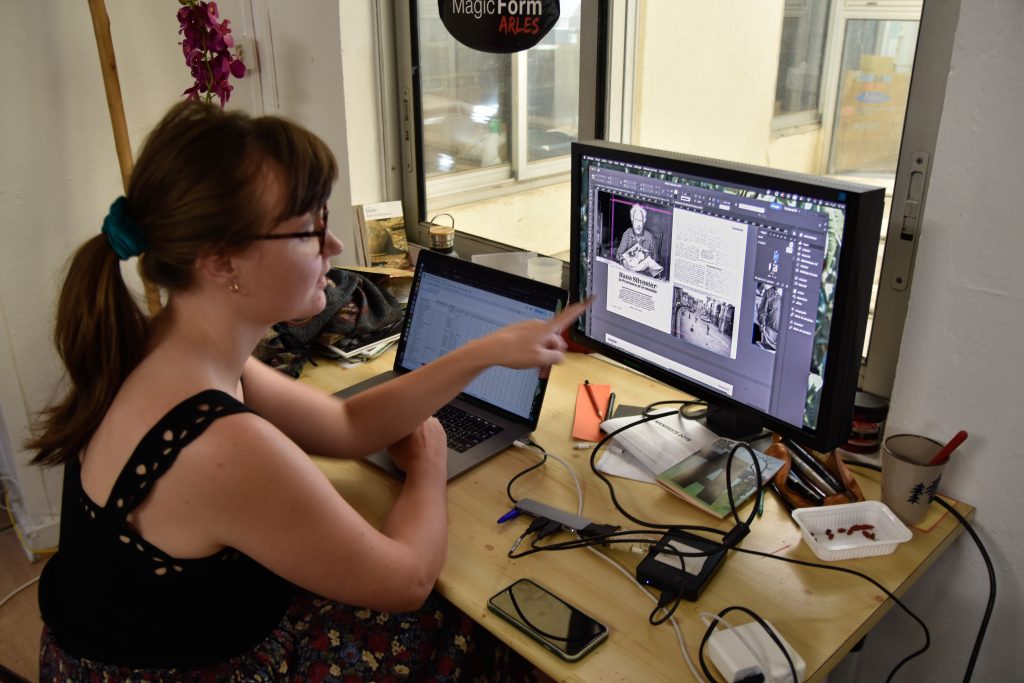
L’Arlésienne publishes most stories in print and online with a paywall that lasts until around six months after release. It occasionally publishes online-only stories for breaking news developments and sometimes suspends the online paywall to give public access.
“If it’s something really important and we want everybody, even the people who don’t usually buy magazines, to read it, we make both print and the web with a paywall or not,” Morot-Sir said.
Three staff members produce the publication, with freelance writers and photographers contributing to each issue.
L’Arlésienne prints around 1,200-1,300 copies per issue. This year, it sold 1,000 copies on average per issue. Sales vary by season, so the magazine prints more in the summer to meet demand. The publication distributes magazines in over 10 shops in Arles, including bookstores, cafes and a beer bar, and around eight more locations in the region.
“[Distribution] is an issue,” Morot-Sir said. “We need volunteers. We try to have a team of volunteers to help us. It takes a lot of time.”
L’Arlésienne plays an active role in local social issues through their reporting, Morot-Sir said. In January 2024, it covered a threat to displace Romani families living in encampments near the Rhône river, which Morot-Sir said influenced the local government to change plans.
“We heard after that that the mairie [city hall] took a step back because they were afraid of the bad press,” Morot-Sir said. “Maybe it will happen, but it’s been delayed.”
According to Colpin-Lafuma, the magazine spreads cultural rhetoric.
“There is something unifying by the common references that L’Arlésienne creates, like the cards we give out at the events with little phrases in black-and-white,” Colpin-Lafuma said. “A lot of people collect them and love them.”

Colpin-Lafuma said some people collect the magazine as a statement of Arlésian identity.
“I think it’s something that people really like, and also it shows appartenance [belonging] of the community, and you are proud to live here,” Coplin-Lafuma said.
Claire Fanchini and Monica Ronco served as interpreters for this story.

